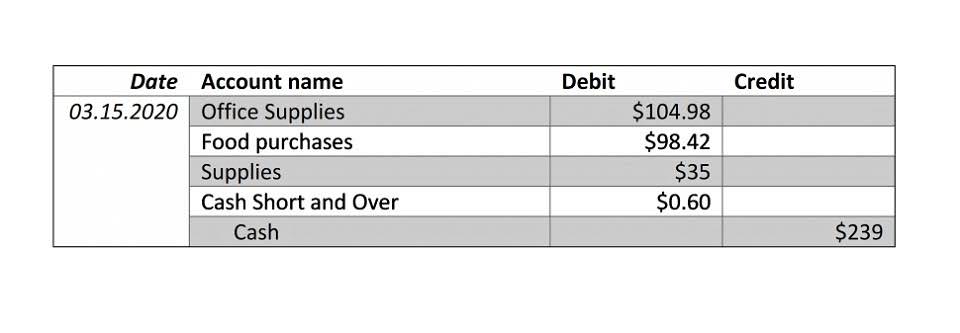


The following examples show recognition of Warranty Expense on the income statement Figure 12.10 and Warranty Liability on the balance sheet Figure 12.11 for Sierra Sports. Any probable contingency needs to be reflected in the financial statements—no exceptions. Possible contingencies—those that are neither probable nor remote—should be disclosed in the footnotes of the financial statements. Contingent assets are assets that are likely to materialize if certain events arise. These assets are only recorded in financial statements’ footnotes as their value cannot be reasonably estimated. Insurance can be an excellent shield against the financial risks of contingent liabilities.

General business risks include the risk of war, storms, and the like that are presumed to be an unfortunate part of life for which no specific accounting can be made in advance. Liquidity and solvency are measures of a company’s ability to pay debts as they come due. Liquidity measures evaluate a company’s ability to pay current debts as they come due, while solvency measures evaluate the ability to pay debts long term. One common liquidity measure is the current ratio, and a higher ratio is preferred over a lower one. This ratio—current assets divided by current liabilities—is lowered by an increase in current liabilities (the denominator increases while we assume that the numerator remains the same).
This disclosure should include the nature of the contingent liability, an estimate of the potential loss, and any significant factors that may affect the final outcome. A contingency occurs when a current situation has an outcome that is unknown or uncertain and will not be resolved until a future point in time. A contingent liability can produce a future debt or negative obligation for the company. Some examples of contingent liabilities include pending litigation (legal action), warranties, customer insurance claims, and bankruptcy. A contingent liability has to be recorded if the contingency is likely and the amount of the liability can be reasonably estimated.
A warranty is considered contingent because the number of products that will be returned under a warranty is unknown. Like accrued liabilities and provisions, contingent liabilities are liabilities that may occur if a future event happens. Each business transaction is recorded using the double-entry accounting a contingent liability that is probable and for which the dollar amount can be estimated should be method, with a credit entry to one account and a debit entry to another. Contingent liabilities, although not yet realized, are recorded as journal entries. Any case with an ambiguous chance of success should be noted in the financial statements but do not need to be listed on the balance sheet as a liability.
This does not meet the likelihood requirement, and the possibility of actualization is minimal. In this situation, no journal entry or note disclosure in financial statements is necessary. While a contingency may be positive or negative, we only focus on outcomes that may produce a liability for the company (negative outcome), since these might lead to adjustments in the financial statements in certain cases. Positive contingencies do not require or allow the same types of adjustments to the company’s financial statements as do negative contingencies, since accounting standards do not permit positive contingencies to be recorded. In financial reporting, actual liabilities are recognized and recorded in the books of the company at their present amount.
Past experience for the goals that the company has sold is that 5% of them will need to be repaired under their three-year warranty program, and the cost of the average repair is $200. To simplify our example, we concentrate strictly on the journal entries for the warranty expense recognition and the application of the warranty repair pool. If the company sells 500 goals in 2019 and 5% need to be repaired, then 25 goals will be repaired at an average cost of $200. The average cost of $200 × 25 goals gives an anticipated future repair cost of $5,000 for 2019. Assume for the sake of our example that in 2020 Sierra Sports made repairs that cost $2,800.
Therefore, an organization’s ability to account for and manage environmental contingent liabilities is a testament to its sustainability. By minimizing their environmental footprint and managing potential liabilities, companies fortify their long-term viability and sustainability. First and foremost, companies should engage in strong financial planning and forecasting.
The conversion of a contingent liability into an actual liability depends on how the events unfold. As a rule, a contingent liability becomes an actual liability when the previously uncertain future event related to the obligation has happened, and the payment to settle the obligation is probable and can be reasonably estimated. In addition to fair value, the measure of ‘present obligation’ is also crucial in the accounting for contingent liabilities. Present obligation refers to the commitment of an entity that would lead to an outflow of resources. However, the commitment will only actualize when a certain uncertain future event occurs. Contingent liabilities are often typically measured by computing the potential financial impacts if the event occurs.